Quiz: Post and Core Considerations: Do You Know How to Ensure Reliable Restorations?
The post and core technique is an excellent option to help preserve natural tooth structure. Because it helps retain as much of the natural tooth as possible, patients avoid bone loss and receding tissue. The post and core technique also helps preserve the integrity of adjacent teeth. Despite the benefits and high occurrence of this procedure, there are several factors that often negatively affect the prognosis of the restoration. Take this short quiz to see if you can you identify some of the most common issues.


See correct answer

The Correct answer is:
The porosity of the post’s surface
While all of these qualities have an impact on the retention of a post, all but one have to do with the amount of friction created. The friction in a restoration should be balanced properly. It can serve to help retain the restoration, but it is also responsible for fractures if the stress is not distributed evenly to the root. A porous post surface helps to bind the post to the cement, relying on adhesion rather than friction.
To next question

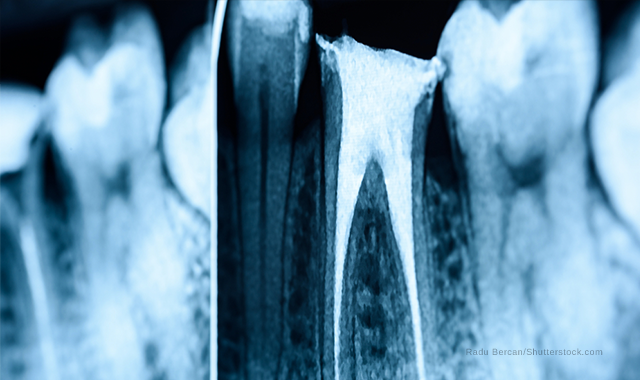
See correct answer

The correct answer is:
True
A silanating step is absolutely essential to create strong bonds, unless the post used is porous, which enables it to bind more effectively to the cement.
To next question

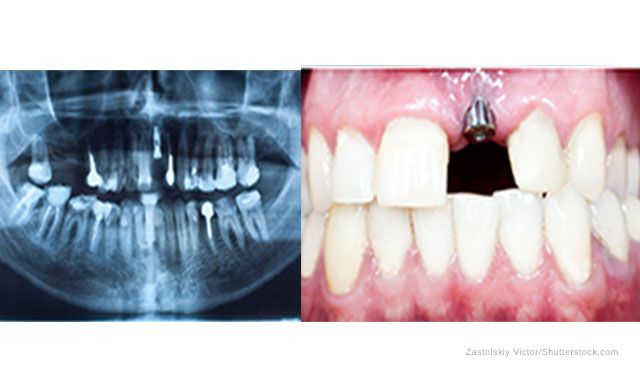
See correct answer

The correct answer is:
Radiopacity of the post
Posts that can be seen clearly in X-rays are easier to control, enabling the creation of better post positions. The new 3M™ RelyX™ Fiber Post 3D Glass Fiber Post offers excellent radiopacity.
To next question

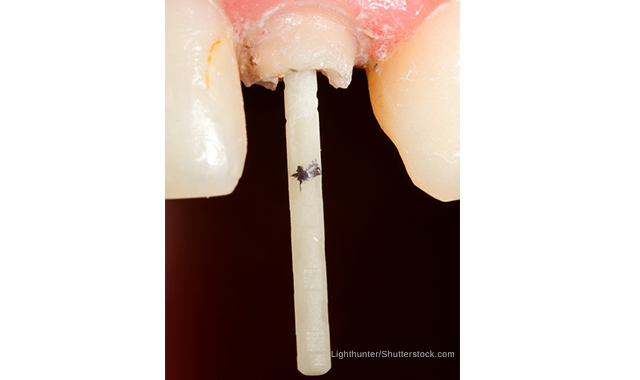
See correct answer

The Correct answer is:
True
Metal and ceramic posts can fail as a result of excessive stress on the dentin, while fiber posts experience less stress and evenly distribute force along the root.
To next question


See correct answer

The correct answer is:
True
This is true, according to “Fibre post behaviour prediction factors. A review of the literature,” a study in the Journal of Clinical and Experimental Dentistry. Conversely, friction is also a main cause for tooth fractures. Therefore, it is important to have increased elasticity of the post so that stress is evenly spread along the root, mimicking that of dentin.
To next question

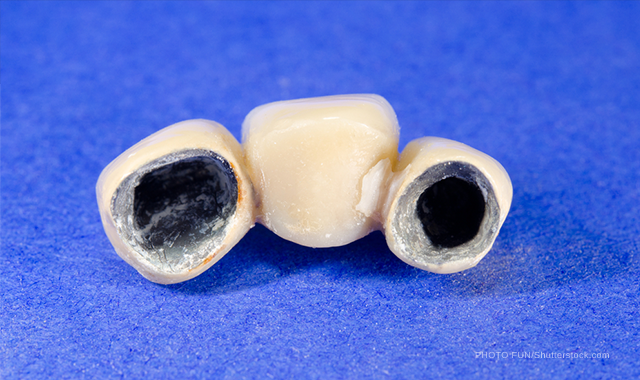
See correct answer

There are two correct answers:
The post material
and
The core build-up material
All-ceramic restorations are translucent, as are natural teeth. Therefore, the color of the post and build-up material is just as important for the final restoration as is the shade of the final crown. White posts, such as glass fiber posts, are a more esthetic option than metal posts. Dentists should select a core build-up material with a natural color that will reflect through an all-ceramic crown, mimicking the qualities of a natural tooth. 3M™ Filtek™ Bulk Fill Posterior Restorative is a favorite for core build-up.
To next question

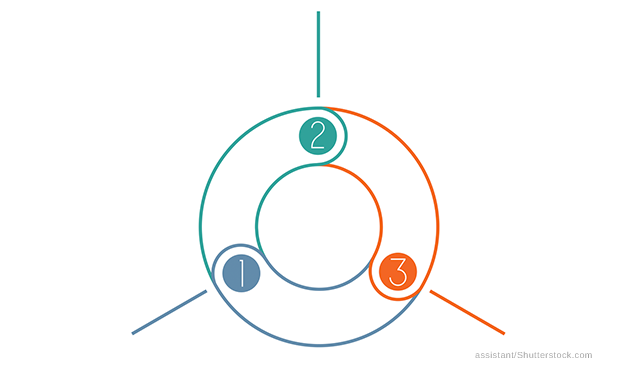
See correct answer

The correct answer is:
True
Post and core procedures are incredibly technique sensitive: the fewer steps involved, the better the prognosis. 3M™ RelyX™ Unicem 2 Self-Adhesive Resin Cement eliminates etching, priming, and bonding steps which can simplify the cementation process.
To next question


See correct answer

The correct answer is:
False
The delivery of the cement is also an important factor. Using a syringe with an endodontic tip for direct application means that air pockets or voids are less likely to occur. Delivering the cement with no voids helps ensure a secure bond.
To next question

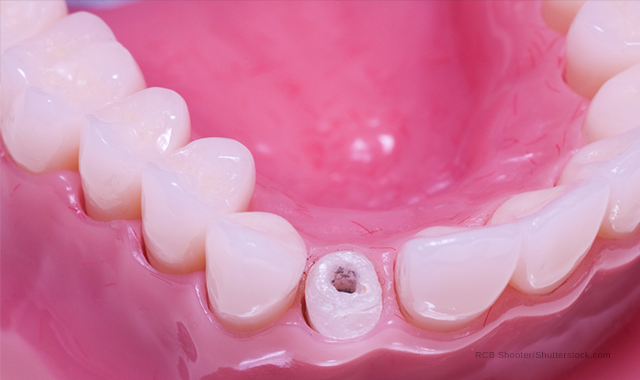
See correct answer

The correct answer is:
False
While ensuring as much natural tooth structure is left intact as possible is a high priority, it is important to select a post of the appropriate diameter to help support the restoration and absorb force.
To next question

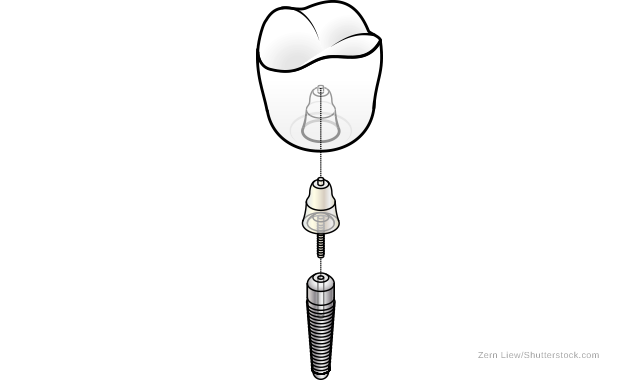
See correct answer

The correct answer is:
False
Serrated posts tend to be more retentive than threaded or smooth posts, but they also cause more friction in the canal, resulting in more fractures and failed restorations. Smooth posts transmit the least amount of force to the root structure, providing a better prognosis for the restoration.
Thank you for taking the post and core quiz!